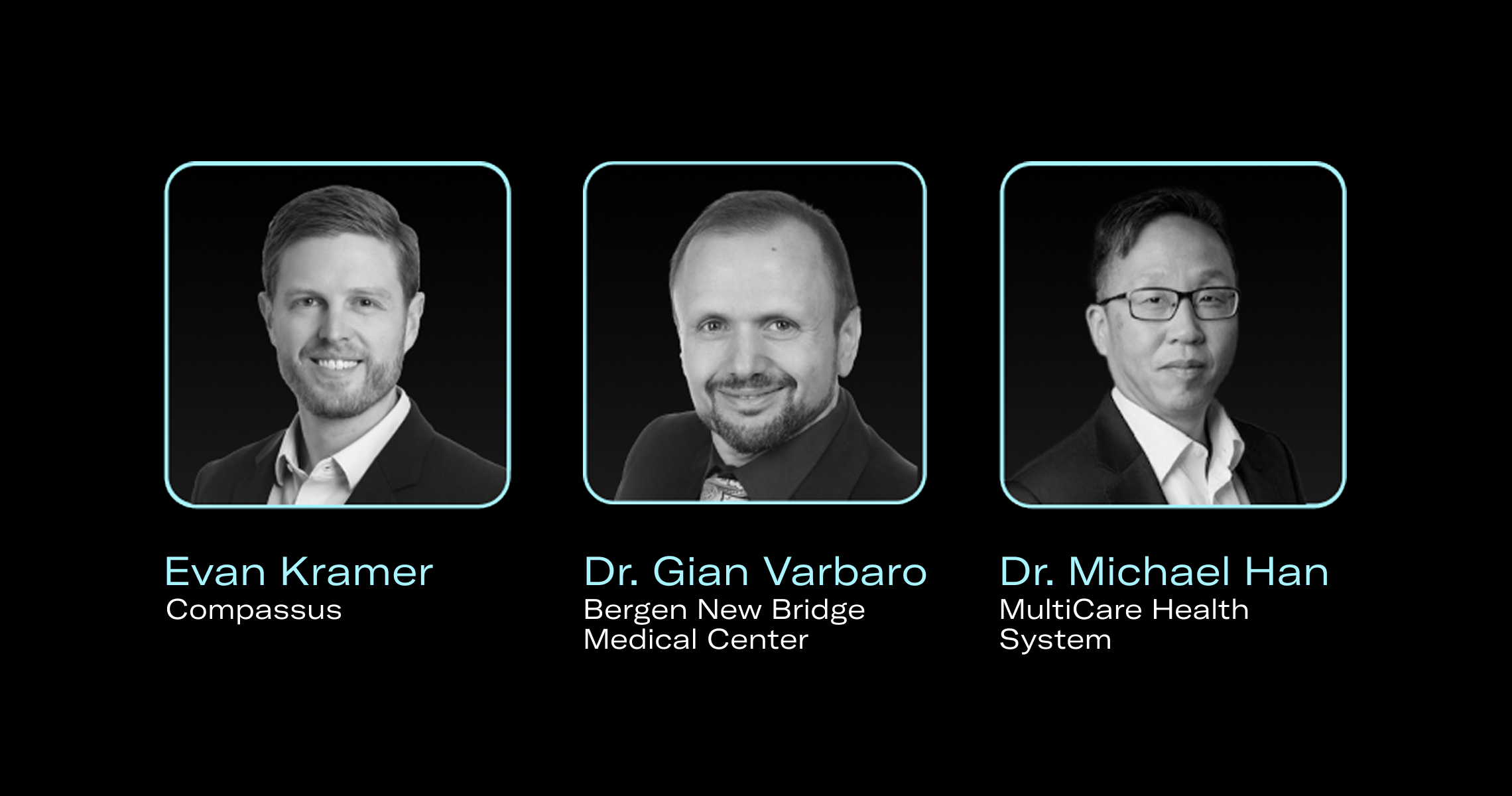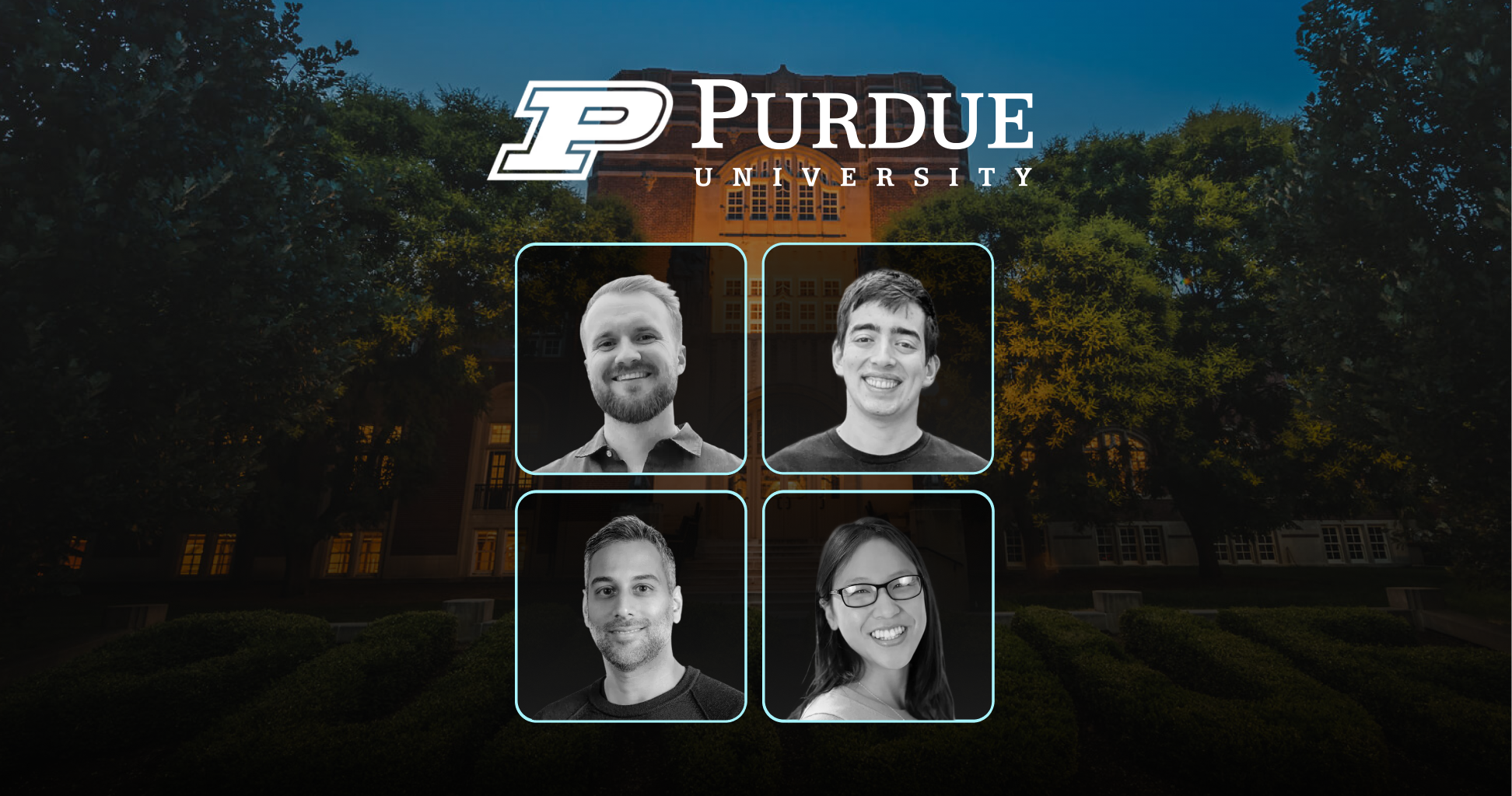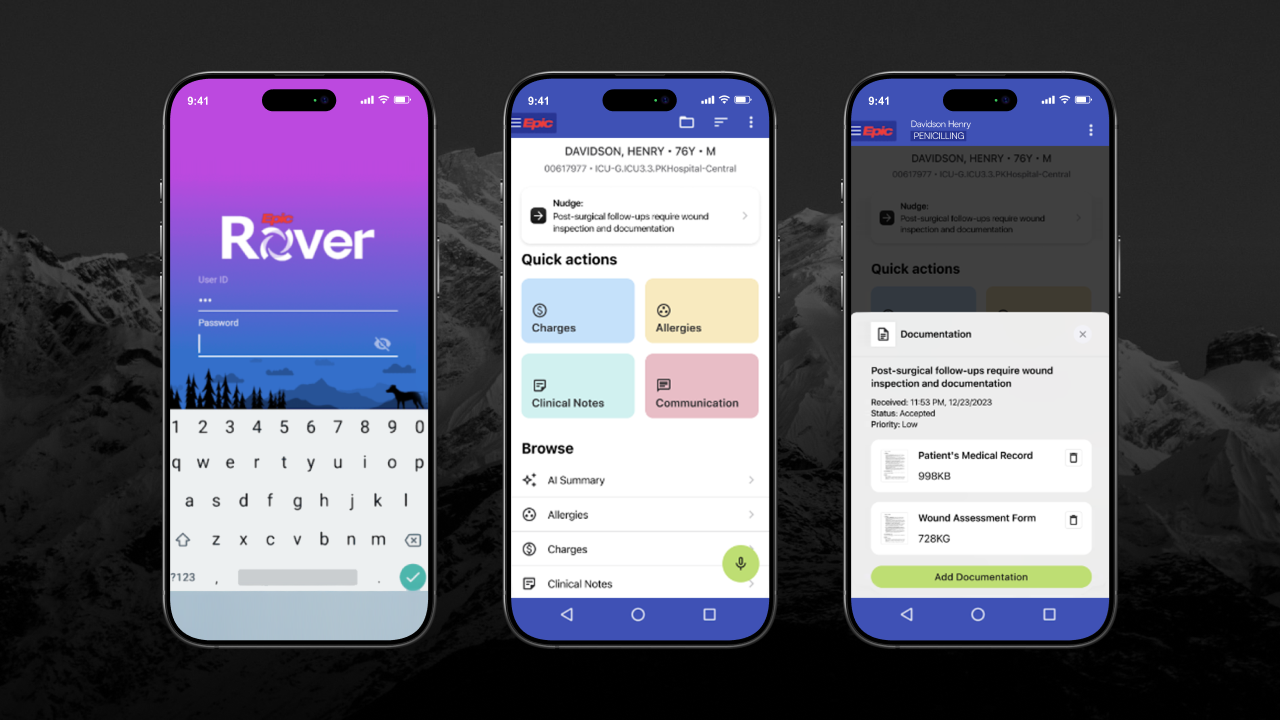At the Becker’s Health IT + RCM Conference, leaders from Bergen New Bridge Medical Center, Compassus, and MultiCare Health System unpacked a practical question: how do you turn ambient AI from promise into measurable results? Moderated by Dr. Jamie Colbert of Commure, the session surfaced clear, metric-driven lessons for executives. Speakers included:
• Evan Kramer, MBA, SVP of Innovation and Operational Excellence with Compassus, a nationwide home-based care provider with over 8,000 nurses
• Michael Han, MD, MBA, Enterprise Chief Medical Information Officer and Vice President with MultiCare Health System (Tacoma, Wash.)
• Gian Varbaro, MD, MBA, Chief Medical Officer and Vice President of Ambulatory Services at Bergen New Bridge Medical Center (Paramus, N.J.)
1) Reclaiming time for providers
Few technologies in healthcare have spread as quickly as ambient AI. Compassus, an integrated home-based care provider operating across 35 states with more than 8,000 nurses, has seen especially strong results in applying AI to streamline documentation.
The organization began by automating its interdisciplinary group (IDG) note workflow, a process that typically required nurses to spend significant time manually summarizing large sections of the medical record every two weeks. With the new AI-powered documentation tool from Commure, Compassus nurses can now generate IDG notes in a fraction of the time.
Early results are promising:
• ~70% reduction in documentation time for nurses
• ~70% adoption and growing, with expectations to reach 80–90%
• Clinicians reporting that automation has “given them their Saturdays back.”
This rapid adoption stems from deliberate change management—from executive sponsorship and AI champions in every office to clear communication of the benefits clinicians feel most directly: more time for patients, and more time for themselves.
“These tools don’t just create capacity to drive access to care, they make a real difference in clinicians’ day-to-day satisfaction,” said Evan Kramer, SVP of Innovation and Operational Excellence at Compassus.
2) Burnout down, satisfaction up
At MultiCare Health System, who is piloting multiple Ambient AI solutions, ambient AI is moving the needle on workforce wellbeing. Survey results among active users showed a reduction in the percentage of providers reporting burnout from ~25% to <4%, while the share of clinicians who said they enjoy their job rose from 8% to 36%.
As Dr. Michael Han, CMIO at MultiCare, noted: “In 15 years of informatics, I’ve seen no intervention this successful at reducing burnout.”
3) Track revenue, not just efficiency
The panelists cautioned that efficiency alone isn’t enough to justify investment. Health systems are measuring outcomes that directly tie to financial and operational health, including organic RVU growth, HCC/RAF performance, and patient satisfaction.
By moving beyond “time saved” to metrics like revenue, retention, and care continuity, organizations are building stronger business cases for AI.
Dr. Varbaro explained: “We’re measuring engagement and reductions in burnout, but we’re equally focused on how this approach can drive internal referrals and foster more integrated care across our teams.”
4) Value across the care journey
Ambient AI’s impact spans before, during, and after the visit:
• Before: chart summarization, pre-visit prep, care gap surfacing.
• During: accurate documentation and coding, streamlined ordering, clearer patient communication.
• After: automated summaries, scheduled follow-ups, revenue cycle acceleration.
As Dr. Han explained: “The value of ambient clinical documentation is not just in the note—it’s in the data, and everything you can do with that data.”
These leaders cautioned that success depends on more than choosing the right vendor. Health systems must align governance, operations, and change management to ensure the technology translates into value.
Ambient AI is delivering real, measurable results across diverse healthcare organizations, from safety net hospitals to large integrated systems to nationwide home health providers. As more health systems progress from pilots to enterprise-scale deployments, these incremental “singles and doubles” will add up to deliver not only operational and financial ROI, but also the broader transformation of the clinical experience.




.png)
.png)






%20(1).jpg)
%201.png)
%204.png)
%202.png)
%203.png)


